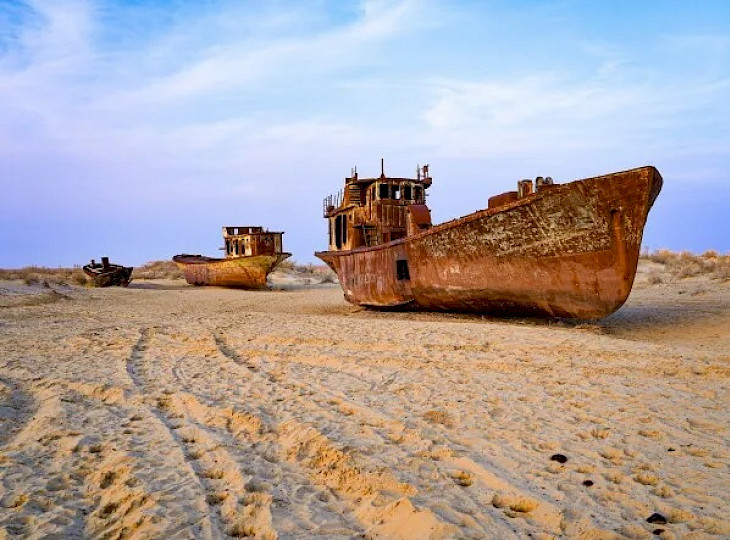As part of an interstate agreement, Kazakhstan and Uzbekistan are launching a large-scale ecological project to protect the Aral Sea region. The Senate of Kazakhstan's parliament ratified the relevant cooperation document in the field of ecology, Russian Mir 24 reports.
A Critical Environmental Issue
The situation in the Aral Sea basin has reached alarming levels, with over 110 billion tons of toxic substances accumulated, including dried agricultural fertilizers, sea salt, and sediment particles. According to the International Fund for Saving the Aral Sea (IFAS), these hazardous substances are dispersed over vast areas:
- 68% of winds carry them towards Karakalpakstan, Turkmenistan, and Iran.
- 20% affect the Kazalinsky district of Kazakhstan.
- 12-15% spread northward, even reaching the Arctic Ocean and the Himalayas.
Action Plan and Green Initiative
Uzbekistan has been most affected, with three million hectares of degraded land. To combat the crisis, the countries developed a comprehensive action plan to stabilize the region’s ecology and mitigate dust and salt storms.
A key element of the program is large-scale afforestation. By 2025, Kazakhstan plans to plant over a million hectares with saxaul (a desert-resistant shrub), covering nearly 50% of the dried Kazakh territory. Uzbekistan aims to green around two million hectares.
Challenges and Ecological Impact
Experts emphasize the challenges of restoring the landscape, noting that even under optimal conditions, only about 30% of planted saxaul takes root. However, they expect natural regrowth to occur through self-seeding over time.
The Aral Sea’s shrinking is recognized as one of the most severe environmental disasters of the modern era; in the past 50 years, the waterbody’s volume has decreased tenfold. The new Kazakhstan-Uzbekistan agreement aims to unite efforts to prevent further degradation and restore ecological balance to the region.
CentralasianLIGHT.org
October 26, 2024

